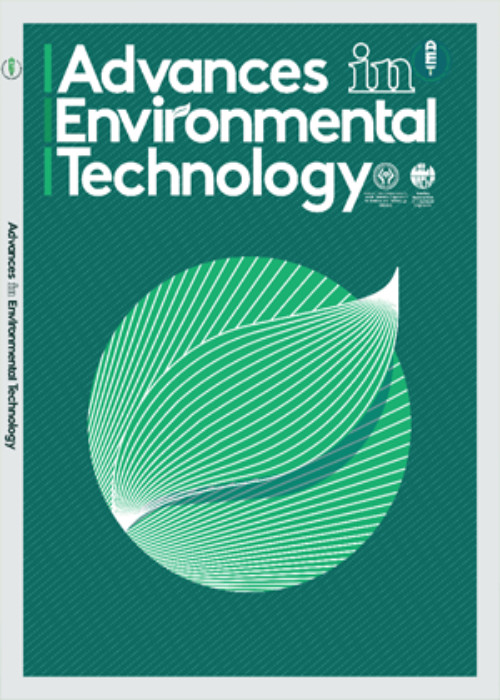Photocatalytic Treatment of Spent Caustic Wastewater in Petrochemical Industries
Author(s):
Abstract:
In this study, the photocatalytic method was used for treating the spent caustic in the wastewater of Olefin units used in petrochemical industries which contain large amounts of total dissolved solids (TDS). By using the synthetic photocatalyst of suspended titanium dioxide and measuring the chemical oxygen demand (COD) which was reduced in the photocatalyst (lbc) process, the values of COD were modeled and evaluated by means of the Box-Behnken (BBD) and the artificial neural network (ANN) using experimental tests in a double-cylindrical-shell photo reactor. According to the applied calculations, it was found that the artificial neural network was a more suitable method than the experimental design in modeling and forecasting the amount of COD removal. The modeling employed in this research showed that increasing the concentration of the photocatalyst in a state of neutral pH enhanced the COD removal up to the optimal amount of 1.31 g/L without restrictions and 2 g/L with restrictions at the rate of 81% and 79%, respectively. In addition, the study of the parameter effects including oxidizer amount, aeration rate, pH, and the amount of loaded catalyst indicated that all factors except pH had a positive effect on the model; furthermore, if the interactions were neglected, the COD removal efficiency would increase by increasing each of these factors (except pH). In addition, there was no interaction between the aeration and the concentration of the photocatalyst, and the acidic pH was more suitable at low concentrations of the photocatalyst. Besides that, by increasing the pH, the efficiency of removal was reduced when the oxidant was at its low level. The results showed that photolysis and adsorption adoptions had a very small effect on the efficiency of the removal of COD compared to the photocatalyst adoptions, and it was insignificant. In addition, the photocatalytic method had an acceptable capacity for removing the phenol in the wastewater sample, whereas it was inefficient in reducing the sulfide solution in the wastewater.
Keywords:
Language:
English
Published:
Advances in Environmental Technology, Volume:2 Issue: 3, Summer 2016
Pages:
153 to 168
magiran.com/p1683100
دانلود و مطالعه متن این مقاله با یکی از روشهای زیر امکان پذیر است:
اشتراک شخصی
با عضویت و پرداخت آنلاین حق اشتراک یکساله به مبلغ 1,390,000ريال میتوانید 70 عنوان مطلب دانلود کنید!
اشتراک سازمانی
به کتابخانه دانشگاه یا محل کار خود پیشنهاد کنید تا اشتراک سازمانی این پایگاه را برای دسترسی نامحدود همه کاربران به متن مطالب تهیه نمایند!
توجه!
- حق عضویت دریافتی صرف حمایت از نشریات عضو و نگهداری، تکمیل و توسعه مگیران میشود.
- پرداخت حق اشتراک و دانلود مقالات اجازه بازنشر آن در سایر رسانههای چاپی و دیجیتال را به کاربر نمیدهد.
In order to view content subscription is required
Personal subscription
Subscribe magiran.com for 70 € euros via PayPal and download 70 articles during a year.
Organization subscription
Please contact us to subscribe your university or library for unlimited access!


